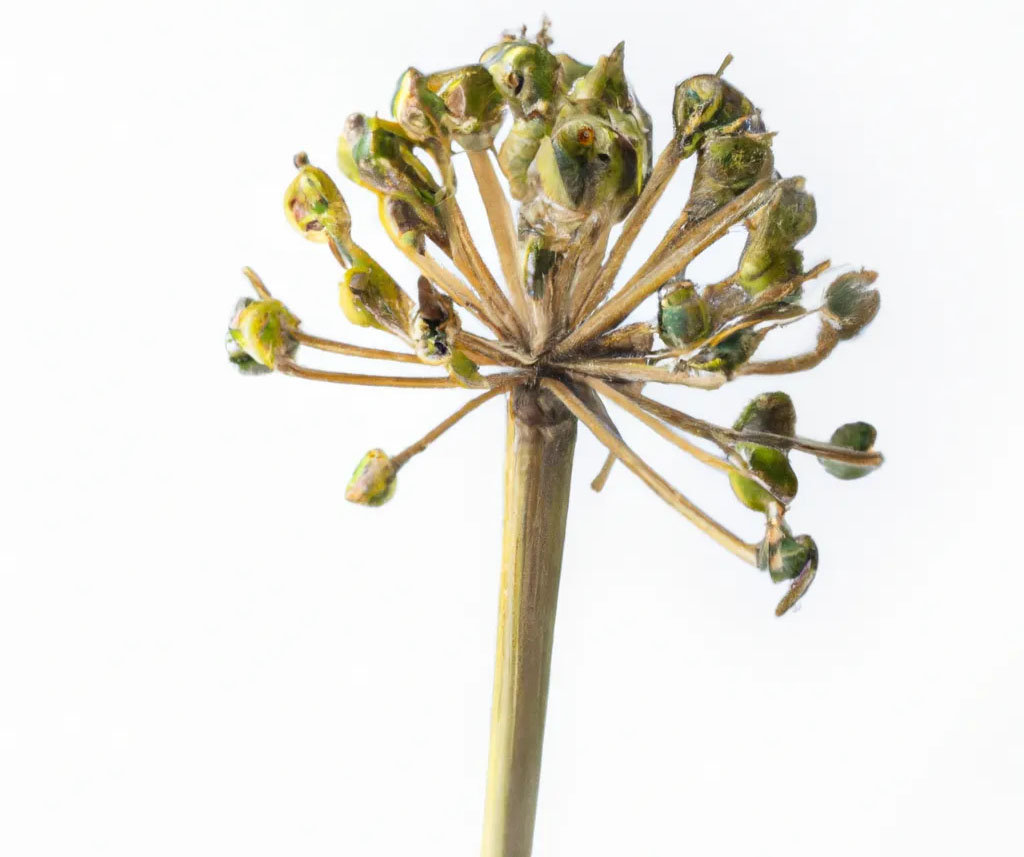Botanical Name: Angelica sylvestris
Also Called: Bishop’s Weed, Carom
Angelica, a tall, aromatic plant from the Apiaceae family, is a fascinating herb celebrated for its culinary, medicinal, and ornamental uses. The most commonly cultivated species, Angelica archangelica, is native to Northern Europe and Asia, thriving in cool climates. Known for its distinctive sweet and earthy flavor, angelica has been a prized herb in herbal medicine and cuisine for centuries.
Angelica is a biennial plant, growing up to six feet tall with hollow stems, large, divided leaves, and umbrella-like clusters of greenish-white flowers. Its entire structure—the seeds, roots, leaves, and stems—has practical uses, making it one of the most versatile herbs in nature. Its subtle aroma and warm flavor profile are reminiscent of celery, fennel, and licorice.
Angelica has a unique flavor that enhances both sweet and savory dishes. The stems are often candied and used to decorate cakes, pastries, and desserts, imparting a sweet, floral note. In traditional European recipes, candied angelica was a key ingredient in fruitcakes and puddings.
The seeds and roots are widely used in liqueurs and spirits. Angelica is a defining flavor in gin, adding earthy and slightly bitter undertones that balance other botanicals. It is also used in herbal teas and infusions for its aromatic qualities. In savory cooking, its leaves and stems can be used as a herb to season fish, soups, or stews.

